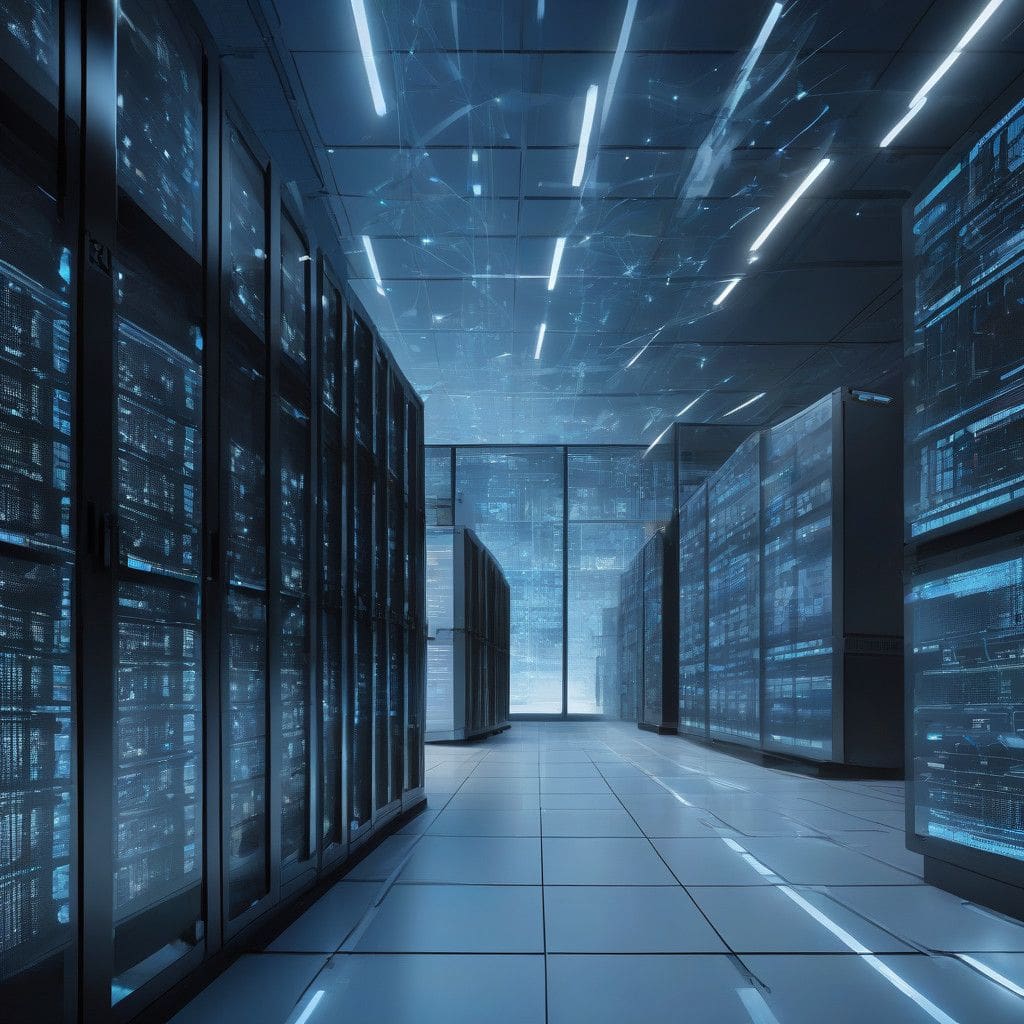The trend of co-locating data centers next to power plants in the United States has gained momentum in recent years, driven primarily by the tech sector’s insatiable demand for energy. Companies such as Amazon and Google are keenly interested in establishing data centers that are physically close to these power sources. This strategy offers the potential for rapid access to large quantities of electricity, essential for powering operations that require significant computational power, particularly Artificial Intelligence (AI) and cloud services.
However, this approach has sparked a series of regulatory discussions, particularly since the Federal Energy Regulatory Commission (FERC) is now intently reviewing the implications of this trend. The motivation behind such scrutiny revolves around the potential impacts on energy costs, grid reliability, and the overall efficiency of the energy supply system.
In principle, co-locating data centers with power plants can streamline operations. Companies can bypass the time-consuming processes involved in connecting to the broader electrical grid. Instead of waiting for infrastructure expansions or enhancements, they can leverage the energy already generated by the plant. Yet, the benefits come with considerable concerns. As Mark Christie, a FERC Commissioner, elucidates, the primary worry lies in how the energy drawn by these data centers may affect the costs incurred by other electricity consumers.
If these data centers utilize power from facilities meant to serve public grids, what happens during power outages or disruptions? Will they still draw energy from the grid to ensure their operations remain unaffected? Such scenarios could lead to increased electricity costs for average consumers who already contribute to maintaining the grid’s infrastructure. The uncertainty surrounding these operational choices poses a genuine risk to grid reliability.
A case in point is a recent arrangement in Pennsylvania, where Amazon acquired a data center linked with a nuclear power plant. This transaction has opened a Pandora’s box of discussions among electric utilities regarding infrastructure costs and its implications for reliability. The interplay between these data centers and traditional energy users is complex, and the potential for increased consumer costs creates friction in policy making.
In response to these emerging concerns, FERC’s investigation is likely to set a precedent. It aims to clarify the operational rules and financial responsibilities associated with these co-location partnerships between tech companies and energy facilities. The outcome of this review could lead to standardized guidelines that govern how much energy these data centers can draw without negatively impacting the broader grid and its users.
Furthermore, the implications extend beyond economics. There is an environmental dimension to consider. As data centers consume immense amounts of energy, their growth could lead to increased carbon footprints, depending on the source of that energy. Renewable energy sources may alleviate some of these concerns, but reliance on fossil fuels could exacerbate climate-related issues.
In addition, the increasing prevalence of these partnerships raises questions about fairness in competition. Smaller firms may struggle to establish similar arrangements with power suppliers, potentially leading to a monopolistic advantage for major corporations. This disparity emphasizes the need for equitable regulations that ensure all players in the market can compete on a level playing field.
Ultimately, as these discussions unfold, it becomes crucial for stakeholders—including regulators, energy providers, and tech companies—to engage in transparent and proactive dialogue. Addressing the challenges posed by co-locating data centers at power plants requires an understanding of the energy landscape, consumer interests, and the broader implications for society.
Regulatory clarity will help secure a balance between encouraging technological advancements in energy use and protecting the interests of consumers and the grid. In the rapidly evolving intersection of technology and energy, it is essential to ensure that the integration of data centers does not come at the expense of reliability or fairness.












